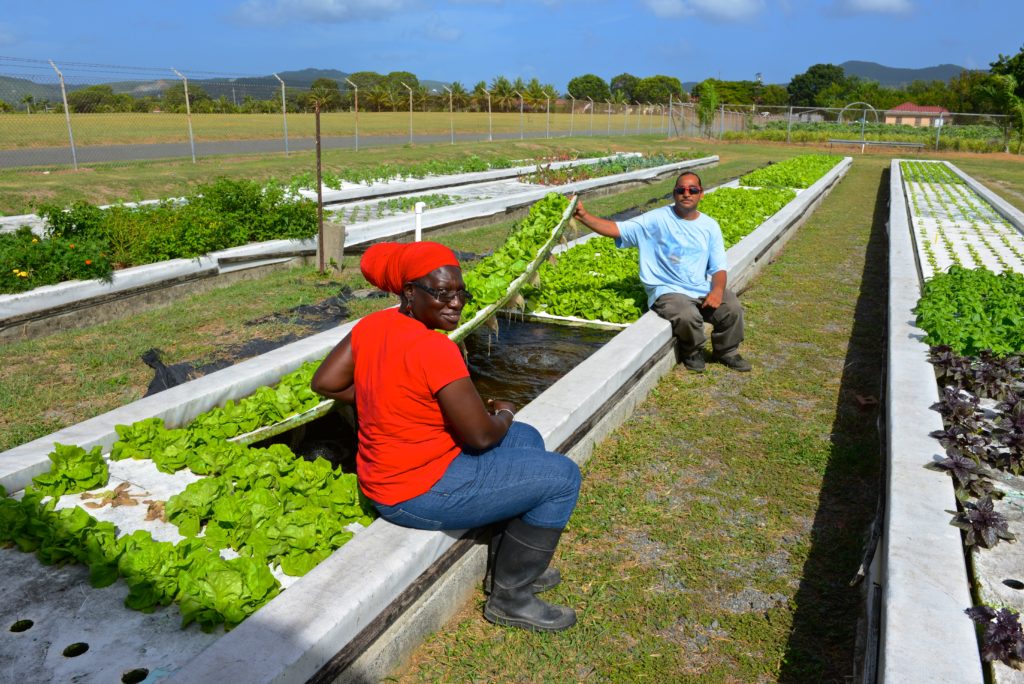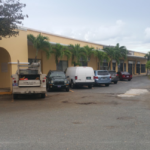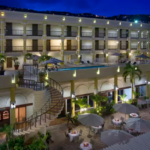FREDERIKSTED — The University of the Virgin Islands’ (UVI) Agriculture Experiment Station (AES) has been featured in the August 2019 issue of National Geographic, one of the leading magazines on science, geography, history, and world culture.
AES, which features an aquaculture program, is spotlighted in the magazine’s Explore Decoder section with graphics that illustrate the principles of aquaponic system design and operation. The online component of the publication includes a video demonstrating how vegetables can be grown through aquaponics.

UVI, a Land Grant institution, has been a leading public university researching aquaponics and has a great depth of knowledge and experience in the field. The program, which began in 1979, boasts of a facility spanning 1.95 acres on the Albert A. Sheen Campus on the island of St. Croix, U.S. Virgin Islands.
Donald Bailey, research specialist in the aquaculture program, who began assisting with this publication, as early as April, was instrumental in providing journalists of National Geographic with information and illustration for the home-scale system that is included in the issue.
“Throughout the collaboration, I realized from the lead writer, illustrator and editor that they needed accurate and precise information, clearly stated, so that magazine readers would not be misinformed or misled,” Bailey said. “I’m happy with the final product, including the drawing of the UVI Aquaponic System in the upper right corner of the illustration.”
Among the illustrations included is a drawing of the UVI Commercial Aquaponic System. The main illustration shows a home-scale system that includes the main components of a well-designed aquaponic system: a separate fish rearing tank, solid waste removal, deep water channel hydroponics with floating rafts and continuous aeration and water flow. The six numbered steps lead the reader through the system processes. Illustration focus points highlight nitrification, the natural process of water purification, and seedling/vegetable production. Vegetable production is the primary benefit of aquaponics as it contributes to cleaning the water for reuse in fish production and provides valuable revenue for the operation.
“Through its research, the AES Aquaculture Program developed a sustainable design with reliable operating procedures that can be scaled for home and hobby use or commercial production,” Bailey said. “The magazine illustrates a home-scale system with the necessary components for continuous operation and production of fish and vegetables. We hope that the home-scale system can be adopted by more Virgin Islanders.”
The University saw the expansion of the Aquaculture Program with the development of research and demonstration systems in aquaponic and biofloc systems and cage culture in watershed ponds in 1979 when James Rakocy joined the University.
The August 2019 issue of National Geographic is available in the libraries on both the Albert A. Sheen and St. Thomas Campuses.



